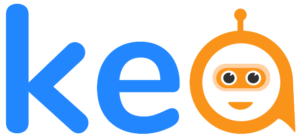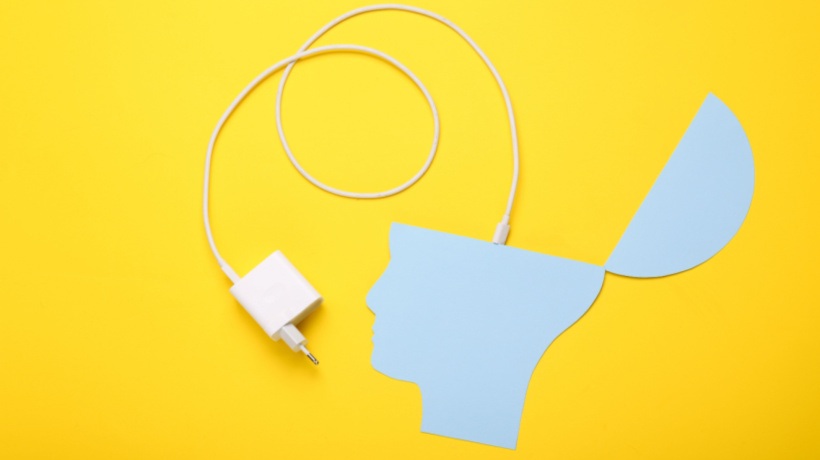Reviving Student Engagement In Online Education
The digital learning landscape has transformed dramatically over the past few years, yet a concerning trend has emerged: learners are increasingly struggling to maintain engagement with online educational content. As educators and Instructional Designers, we've witnessed firsthand how students who were once eager participants in traditional classrooms now find themselves battling screen fatigue, attention deficits, and motivation challenges in digital environments.
This phenomenon, commonly referred to as "digital learning fatigue," represents one of the most significant barriers to effective knowledge transfer in modern education. Understanding its root causes and implementing targeted strategies can mean the difference between passive content consumption and active, meaningful learning experiences.
Understanding The Root Causes Of Digital Learning Fatigue
Digital learning fatigue stems from several interconnected factors that compound over time. The primary culprit is the passive nature of most digital content delivery. When learners are presented with static PDFs, lengthy video lectures, or text-heavy modules, their brains naturally shift into a consumption mode rather than an active processing state. This cognitive shift reduces retention rates and makes it increasingly difficult for students to maintain focus over extended periods.
Additionally, the lack of immediate feedback mechanisms in many digital learning environments creates a disconnect between effort and reward. Unlike traditional classroom settings where students receive instant verbal or visual cues from instructors, digital learners often complete activities without knowing whether they're on the right track until much later in the process.
The absence of social interaction and peer collaboration further exacerbates motivation challenges. Humans are inherently social learners, and the isolation that often accompanies digital education can lead to decreased motivation and engagement over time.
The Psychology Of Digital Engagement
To combat digital learning fatigue effectively, we must first understand the psychological principles that drive sustained engagement. Research in cognitive psychology reveals that learners maintain attention best when they can interact with content in multiple ways, receive immediate feedback, and feel a sense of progress and achievement.
The concept of "flow state"–that optimal experience where learners become fully immersed in an activity–is particularly relevant in digital environments. Flow occurs when there's a perfect balance between challenge and skill level, clear goals are established, and immediate feedback is provided. These conditions are often missing in traditional digital learning approaches.
Furthermore, the principle of cognitive load theory suggests that learners can only process a limited amount of information at once. When digital content overwhelms students with too much information or requires them to navigate complex interfaces while trying to learn, their cognitive resources become depleted, leading to fatigue and disengagement.
Interactive Content Strategies That Transform Learning
The solution to digital learning fatigue lies in creating interactive experiences that actively engage multiple senses and cognitive processes. Instead of presenting information in linear, passive formats, effective digital learning environments should incorporate clickable elements, embedded multimedia, and decision-making opportunities that require learners to actively participate in their educational journey.
Gamification elements, when thoughtfully implemented, can significantly boost motivation. This doesn't mean turning every lesson into a game, but rather incorporating elements like progress bars, achievement badges, and point systems that provide immediate feedback and recognition for effort and accomplishment.
Interactive assessments that go beyond multiple-choice questions can also combat fatigue. Drag-and-drop activities, scenario-based simulations, and real-world problem-solving exercises keep learners actively engaged while providing valuable opportunities for knowledge application and retention.
Multimedia integration plays a crucial role in maintaining engagement. When learners can switch between reading, watching, listening, and interacting with content, they're less likely to experience the monotony that leads to fatigue. Audio narration, embedded videos, and interactive animations can transform static content into dynamic learning experiences.
Personalized Learning: The Key To Sustained Motivation
Perhaps the most powerful strategy for combating digital learning fatigue is personalization. When learners feel that content is tailored to their specific needs, interests, and learning pace, engagement naturally increases. This personalization can manifest in various ways, from adaptive learning paths that adjust difficulty based on performance to content recommendations that align with individual learning preferences.
Artificial Intelligence and Machine Learning technologies now make it possible to create learning experiences that adapt in real-time to student behavior and performance. These systems can identify when a learner is struggling and provide additional support or recognize when someone is excelling and offer more challenging content to maintain engagement.
Personalized feedback mechanisms are equally important. Instead of generic responses to student work, effective digital learning platforms should provide specific, actionable feedback that helps learners understand not just what they got wrong, but why and how to improve. This type of meaningful feedback creates a sense of dialogue between the learner and the system, reducing the feeling of isolation that often accompanies digital education.
Creating Sustainable Engagement Through Design
The design of digital learning experiences plays a crucial role in preventing fatigue. Clean, intuitive interfaces that don't distract from the learning content help maintain focus. Navigation should be seamless and predictable, allowing learners to concentrate on content rather than figuring out how to use the platform.
Microlearning approaches, which break content into smaller, digestible chunks, can prevent cognitive overload and make learning feel more manageable. When combined with spaced repetition techniques, these bite-sized learning modules can improve both engagement and retention.
The integration of social learning elements, even in individual learning environments, can help combat isolation. Discussion forums, peer review activities, and collaborative projects create opportunities for interaction and community building, which are essential for sustained motivation.
Moving Forward: A Holistic Approach To Digital Engagement
Overcoming digital learning fatigue requires a holistic approach that addresses both the technical and human elements of online education. By combining interactive content strategies with personalized learning approaches and thoughtful design principles, we can create digital learning experiences that not only maintain engagement but actually enhance it beyond what's possible in traditional educational settings.
The future of digital education lies not in simply digitizing traditional teaching methods, but in reimagining how we can leverage technology to create more engaging, effective, and sustainable learning experiences. As we continue to refine these approaches, we move closer to a reality where digital learning fatigue becomes a challenge of the past rather than a barrier to educational success.










